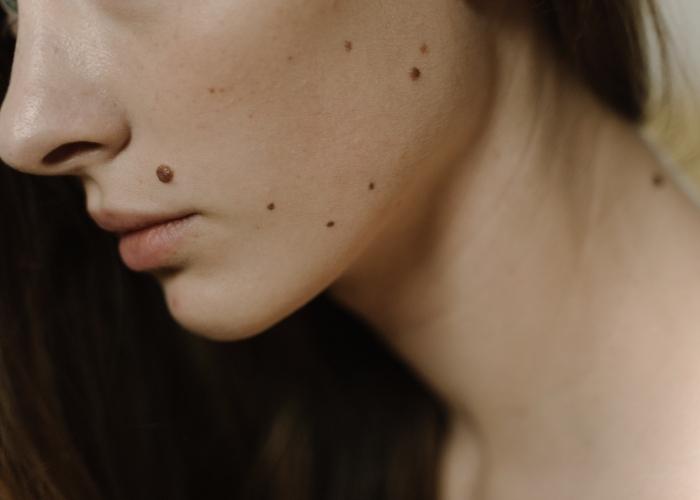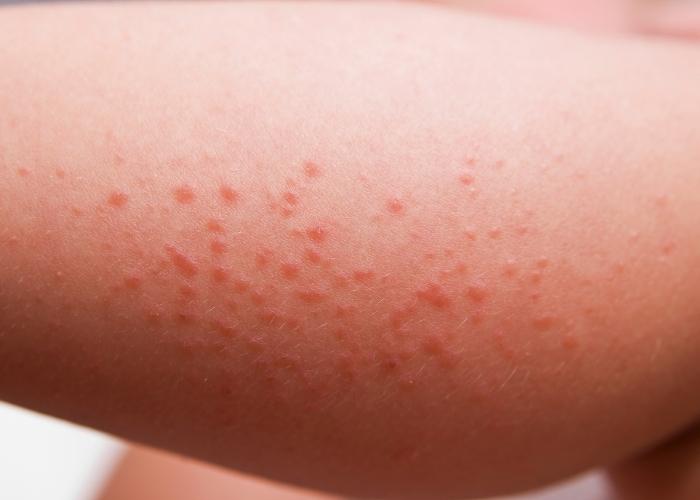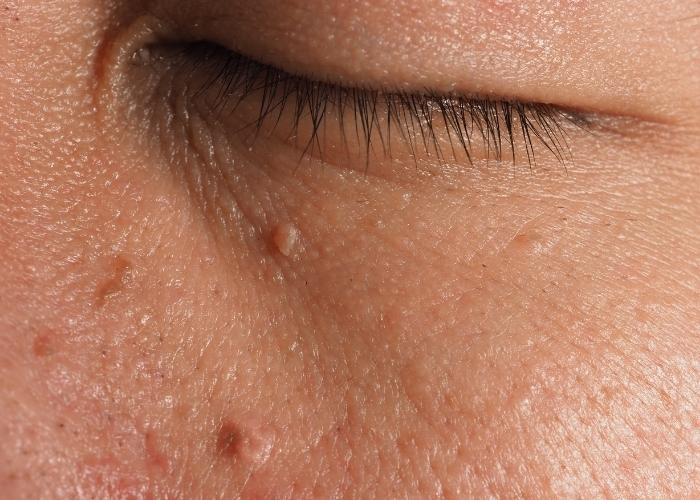Dermatology
What is Dermatology?
Dermatology is a specialty that deals with the skin and its disorders.
In our Jiva Health Clinic, we offer services for all types of skin conditions and illnesses. We can help you determine if your skin condition is related to a specific disease or if it is just an isolated problem. Our doctors are licensed and trained in all areas of dermatology, so we can help you find the best treatment for your needs.
Jiva Health Dermatology
Our mission is to provide high-quality personalized dermatology services in a beautiful and comfortable setting. We can serve all of your medical dermatology needs, from rashes to skin cancer, and treat patients of all ages.
We hope to fulfill the skincare needs of this beautiful community and be part of its continued growth and success. All treatments are by Dr. Nandan V. Kamath, a board-certified dermatologist (American Board of Dermatology) who has been in practice for many years.
Dr. Kamath has completed additional training in skin cancer and has written multiple scientific publications.
- Our Services Includes :
- Medical Dermatology
- Dermatologic Surgery
Call Us At



Medical Dermatology
Skin cancer
Pre-cancers
Pre-cancers, otherwise known as actinic keratoses, are the rough scaly spots that are usually seen on sun-damaged parts of the skin. Many people do not realize that these spots, even though very common, can also be dangerous and a sign of an increased risk of skin cancer. They occur most commonly on the scalp, face, ears, lips, and arms. Women often also get these on the lower legs. It is important to diagnose and treat pre-cancers because if left alone, they can turn into a form of skin cancer known as squamous cell carcinoma. There are many forms of treatment for pre-cancers including freezing as well as different types of creams.
More information is available at American Academy of Dermatology – Actinic Keratoses Net
Rashes
Acne
Moles
Warts
Psoriasis
Psoriasis
Rosacea
Dermatologic Surgery
Basal Cell Carcinomas
Squamous Cell Carcinomas
Melanoma
Mole removal
Sometimes, all of us have spots or moles that are in locations that are cosmetically bothersome. These can easily be removed with a short outpatient procedure in the office. Although moles that are not changing or causing irritation are not covered by insurance, we can still remove them for cosmetic purposes.




